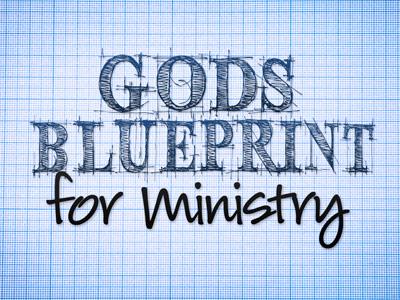-
Pioneering Faith
Contributed by Scott Bradford on Apr 18, 2007 (message contributor)
Summary: This sermon is for the occassion of an Historic Anniversary (150th) of the church, and remembers the pioneers who have gone before us; but also encourages the pioneers of this present day.
One can almost imagine the first churches encounter with the beggar at the Beautiful Gate of the Temple. There were no Ministerial Alliance S.O.P.’s… No gas vouchers… no Confirmation Classes, nor was there an Evangelism Committee to carry out the year long planning… instead Peter and John found themselves thrust into ministry, if not just leading the way, but “forging” the way. The early church father’s and mother’s may have known to well that the greatest thing they could do to pioneer the faith, was to offer Christ to all.
Illustration: As America was being settled "…men of genuine greatness of character and talents were continually rising up in the western itinerancy. Samuel Parker, born in New Jersey in 1774, and converted in his fourteenth year, was a man of genius, and was called the Cicero of the western ministry. After laboring four years as a local preacher, he was received into the Western Conference in 1805. For three years he traveled in Kentucky, and in 1808 was sent to Miami Circuit, Ohio, which included Cincinnati. Here his natural eloquence attained its climax. The people thronged from great distances to hear him; his word was irresistible, and "wherever he went," says one of his contemporaries, "wondering and weeping audiences crowded about him." [10] He possessed an exceedingly musical voice, a clear, keen mind, an imagination which, though never extravagant, afforded frequent and brilliant illustrations of his subject, while his ardent piety imparted wonderful tenderness and power to his appeals. Withal, his personal appearance was striking before he became attenuated with disease, he was nearly six feet high, had a remarkably intellectual countenance, with a full forehead, and a black, piercing eye.
In 1809 he became presiding elder on a district which included Indiana, Illinois, and Missouri (And we think South Texas has big Districts). "From the White River, in Indiana, to the farthest settler in Missouri," says Finley, "did this herald of the cross proclaim the glad tidings of salvation" through four years, and "so ’mightily grew the word of God, and prevailed,’ " that the district had to be divided. Its three hundred and eighty-two members, at his beginning, had increased to more than two thousand when he left it. He continued north and west of the Ohio, with increasing influence and success, till 1815, when he was made presiding elder in Kentucky, where his great eloquence commanded general interest. In 1819 he was appointed to lead the itinerants who were extending the Church in the far southwest, on the memorable Mississippi District. They needed such a man; but his health was broken, and it seemed but an appointment to martyrdom. He was ready for it, nevertheless, and when it was announced, at the close of the Conference, in Cincinnati, " it seemed," says a spectator, "that a wave of sympathy rolled over the whole Conference."
His malady (pulmonary consumption) rapidly advanced when he reached his new field. He was never indeed able to perform any labor on the district. He sank down and died in 1819. William Winans, whom he had called out to preach, in Ohio, was now in the south, and attended him in death, and followed him to his grave, in Washington, Miss. "He died," says Winans, "not only peacefully, but triumphantly." "Love inspired his whole being, breathed from his lips, and beamed with heavenly radiance from his countenance." (1) Samuel Parker was an itinerant preacher who pioneered the faith for Jesus Christ.
No doubt early America was not just influenced by the preachers. In fact “When John Wesley’s appointed missionaries appeared in 1769 they found a movement already underway and strongly growing. The lay people were there first. That is a story many times to be repeated in history.” (3) One such layperson was Robert Strawbridge who settled colonial Maryland. “This first in a long line of Methodist mavericks…” built a log meeting house “which would be the first Methodist Church building” in Colonial America. (4)
The expansion of Methodism into Uvalde County was no doubt pioneered by lay people: Early laymen and women like the Pulliam family, A.B. Dillard and family, and Mr. and Mrs. H.W. Griner. Reading W. Black to promote the foundation of the church gave the first parcel of land for the original church building, writing in its deed “For and in consideration of the love I bear for the cause of Christ and from an earnest desire to promote his heritage on earth do give and grant and by these presents convey…” The very giving of this first parcel of land in 1858 represents the pioneering faith that has carried on to this present day.
(8:30) The early work of the laity in pioneering the faith was joined by the early circuit riding preachers. “D.W. Barnhill stated that there was no more potent influence than the circuit riders.” (5) Among those first circuit riders to Uvalde was H.G. Horton. “He wrote in 1858 “The Lord knew where Uvalde was, but I did not. I could not find it on the map, but the Bishop (Pierce) told me it was somewhere West of San Antonio.” In those dangerous times, in addition to a Bible and hymnbooks, Horton had to carry a six-shooter and a Bowie Knife.

 Sermon Central
Sermon Central



